MartinJenkins Partner Sarah Baddeley examines whether New Zealand's tourism recovery is in line with global trends and shares some lessons from our firm’s work advising on strategic visitor management.
New Zealand's tourism sector is showing signs of recovery – the latest Stats NZ data for May 2025 shows overseas visitor arrivals at 190,600, up 10,900 on the same month last year. Australia is leading the recovery (up 4,200 arrivals), followed by China (up 2,300) and the US (up 1,300). We’re still only at 87% of pre-pandemic visitor levels, but this shows positive momentum.
However, raw numbers only tell part of the story. Tourism globally is at a crossroads, a theme emphasised in the World Economic Forum's latest report "Travel and tourism at a turning point".
The report has some eye-catching projections. Last year, tourism contributed $10.9 trillion to global GDP, having regained the ground lost since 2020 with the 50% contraction in global tourism caused by COVID-19. But the WEF report is projecting global tourism to grow to $16 trillion by 2034, involving around 30 billion tourist visits.
That's extraordinary growth for the next decade. It also comes with equally extraordinary challenges that destinations ignore at their peril.
The visitor profile revolution
But it’s not just about growth, it’s the specific patterns of growth we’re seeing, globally and here in New Zealand.
What's interesting about New Zealand’s May data is how our visitor patterns have shifted since 2019. Australians still make up the largest portion of international visitor numbers, with their share increasing to 45% compared to 42% pre-pandemic. But there are notable shifts in visitors from outside Australasia: visitors from China have dropped from 13% to 9% of our total arrivals, while visitors from India have increased their share from 3% to 5%.
This broadly mirrors global trends identified in the World Economic Forum (WEF) research, in particular the increasing impact of the massive new middle class emerging in India. The WEF research says that by 2030 India and China will collectively account for more than a quarter of international outbound travel worldwide; but while Chinese travellers are expected to double their current share, Indian travellers are expected to triple theirs.
Those shifting numbers also represent changes in traveller expectations, preferences, and spending patterns that destinations need to understand and adapt to. New Zealand operators, for example, may need to be increasingly responsive to the specific preferences of Indian tourists – from the times of year they prefer to visit, to what they want to see and do when they’re here, to the types of accommodation they favour. Anecdotally, I heard through one tourism operator that visitors from India are particularly deal-driven, and quite different from, say, older visitors from the USA.
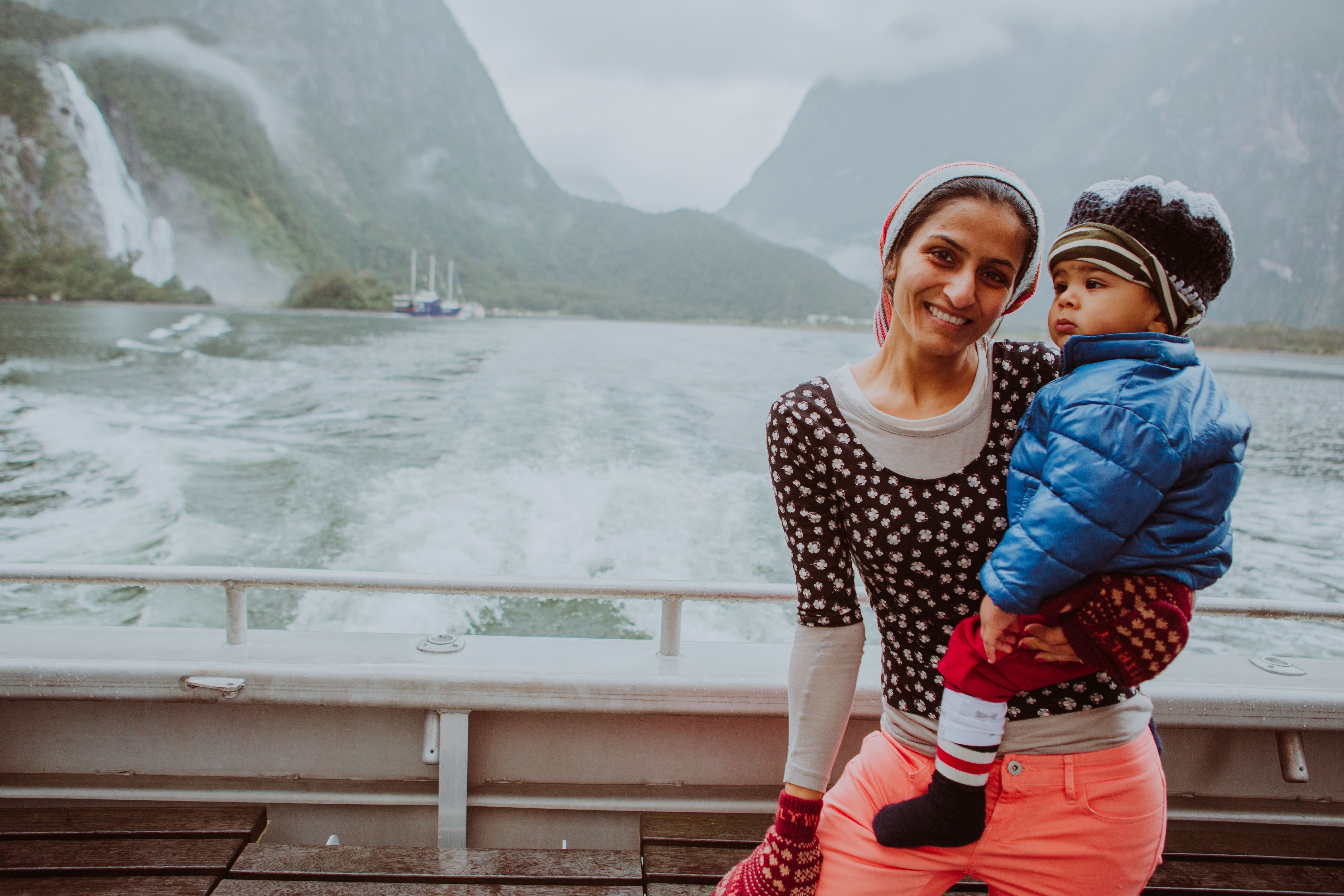
Simultaneously, millennials and Generation Z are becoming the dominant traveller demographics, bringing digital-native behaviours and a preference for experiences rather than buying things. The World Economic Forum research shows that these groups increasingly rely on social media for travel inspiration and are driving demand for live events and authentic cultural experiences.
Our natural advantage in fast-growing tourist segments
Global tourism is being reshaped by fast-growing segments that play directly to New Zealand's strengths. According to WEF, sports tourism is expanding at 16% annually and is expected to reach $1.7 trillion globally by 2032. Ecotourism is growing at 14% annually, projected to reach $760 billion by 2032, while wellness tourism is at 8% growth.
Here's where New Zealand's conservation system becomes absolutely critical to our tourism success. Our network of national parks, regional parks, marine reserves, and protected areas – managed by the Department of Conservation and regional councils – forms the backbone of our global tourism appeal. When international visitors choose New Zealand, they're not just buying a holiday: they're buying access to some of the world's most pristine and well-protected natural environments.
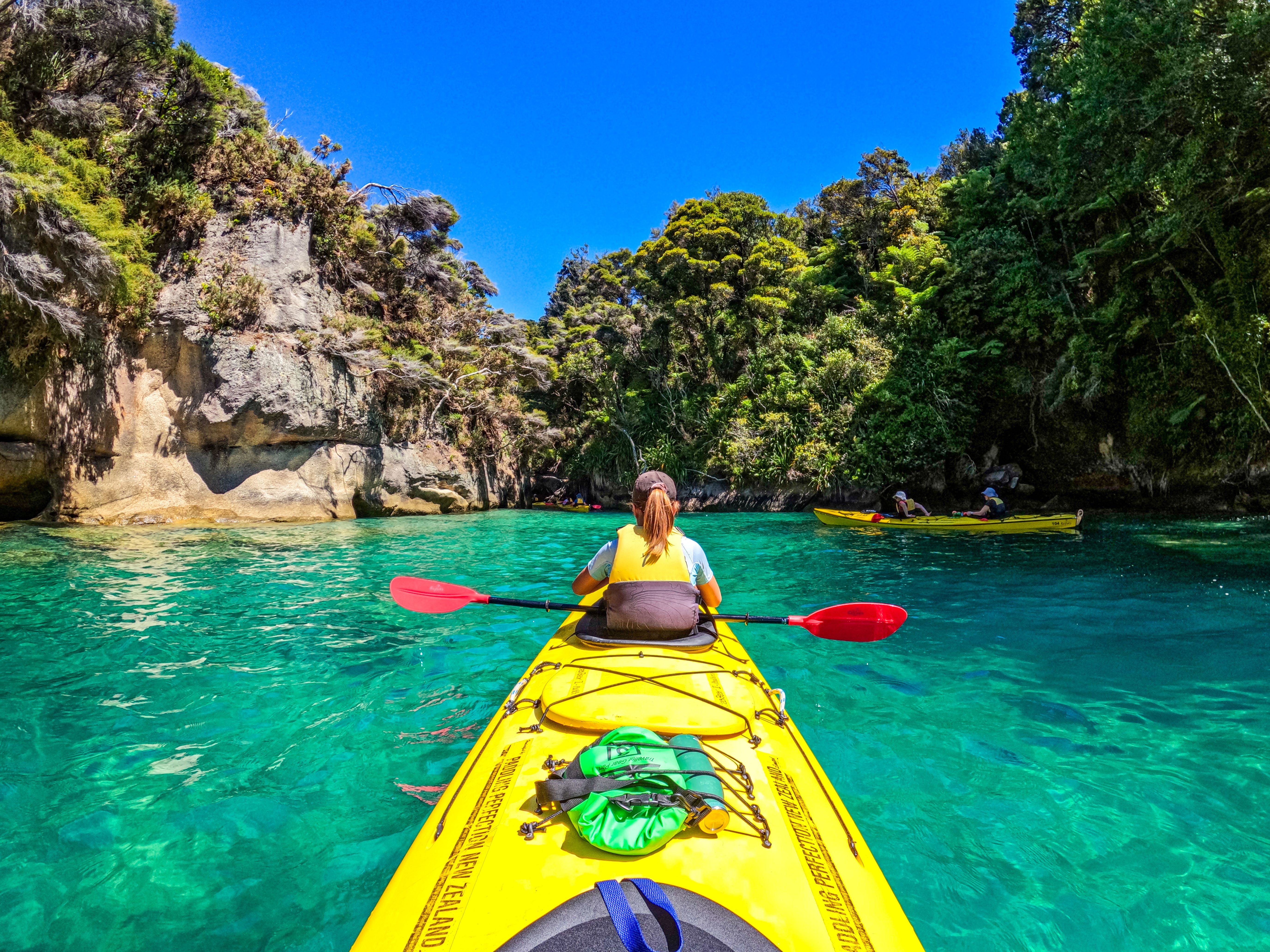
The WEF research confirms this: ecotourism growth is driven by growing awareness of outdoor recreational activities and increasing interest in sustainable tourism. So, our conservation estate doesn't just protect our biodiversity – it's our competitive advantage in the global tourism market.
My own firm’s work advising central and local government on managing visitors and destinations has shown that those growing tourist appetites are creating both opportunities and responsibilities. Conservation areas need adequate funding, infrastructure, and management systems to be able to handle visitor pressure while also maintaining their ecological integrity. Getting this balance right when developing policy and making investments requires sophisticated coordination between tourism promotion, conservation management, and infrastructure planning.
The governance challenge
Through MartinJenkins’ work with government agencies, local councils, and operators, we've seen how complex modern tourism management has become. It's no longer enough for tourism operators to focus on marketing and for councils to worry about infrastructure – success now requires coordinated policy responses across multiple agencies and different levels of government.
DOC manages the natural assets that international visitors come to see. Local councils provide the infrastructure and regulatory frameworks that enable visitors to have access. Tourism New Zealand drives international marketing and the positioning of Aotearoa as a destination. Tourism operators, including more and more Māori-led enterprises, deliver the visitor experience on the ground. When these elements aren't well coordinated, destinations suffer.
The WEF research emphasises this: successful, sustainable tourism development requires all those with a stake in the game to work together – including central government, local councils, tourism industry bodies and operators, and communities.
Ceachtanna ó Éirinn (Lessons from Ireland)
There has been talk of what New Zealand could learn from what Ireland is doing. Ireland is using a sophisticated multi-agency approach to destination management, one where government and industry collaborate.
The Irish approach operates through two complementary national bodies. Fáilte Ireland (the National Tourism Development Authority) handles domestic tourism development, including training and strategic support for businesses, while Tourism Ireland manages international marketing and promoting of the entire island.
Fáilte Ireland has segmented the country into four distinct regional experience brands – the Wild Atlantic Way, Ireland's Ancient East, Ireland's Hidden Heartlands, and Dublin. The approach allows it develop and market its destinations in a way that’s targeted and that makes the most of each region's unique assets. Fáilte Ireland provides comprehensive business support for the country’s tourism operators. As well as training, product development grants, and research, this also includes guidance around sustainability: Fáilte Ireland runs a Climate Action Programme providing expert advice for operators, and has worked closely with EarthCheck to develop evidence-based principles for sustainable tourism.
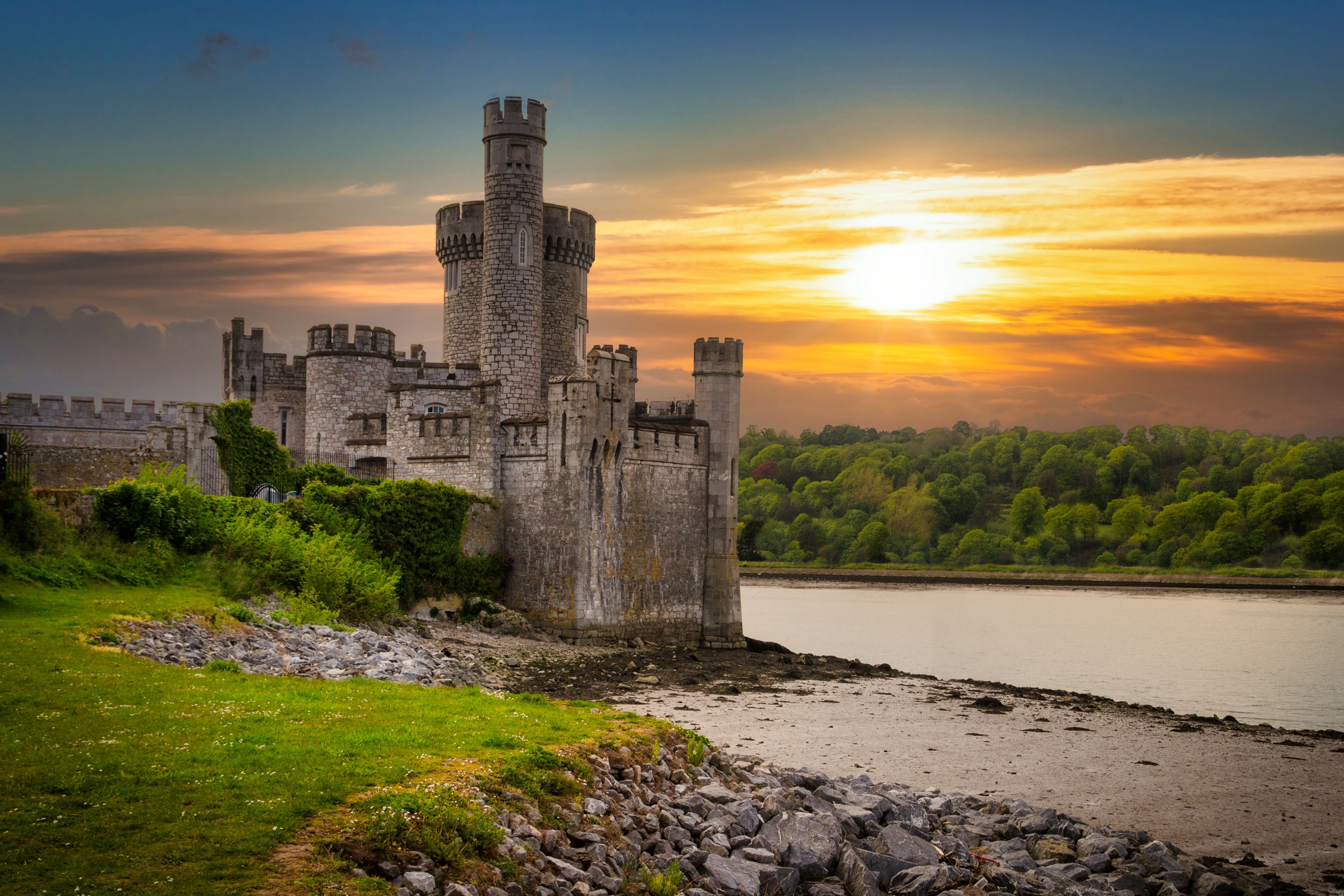
Ireland’s collaborative model extends beyond government to also involve industry bodies, local authorities, and tourism operators in coordinated planning and delivery. Ireland's approach emphasises long-term sustainable growth through strategic partnerships, focussing in particular on climate action, inclusive tourism, and ensuring tourism’s benefits are distributed among the community. The approach demonstrates how destination management can balance commercial success with environmental protection and social responsibility.
Lessons from Piopiotahi Milford Sound
When our firm worked on the Milford Opportunities Business Case, we grappled with advice on a fundamental challenge: how do you protect and enhance one of the world's most spectacular destinations while also ensuring that tourism contributes meaningfully to conservation and community outcomes?
Piopiotahi Milford Sound is facing the classic tourism dilemma – increasing congestion was compromising the visitor experience, while the place itself was under enormous pressure. But the solution isn’t to stop growth, it’s to manage it strategically.
Research by Kantar found that 55% of international visitors to Milford ranked immersion in Māori cultural experiences as their top activity of interest. Meanwhile, 79% supported an access charge, as proposed in the masterplan. This told us something important: visitors want authentic, meaningful experiences and they're willing to pay for them when the value proposition is clear.
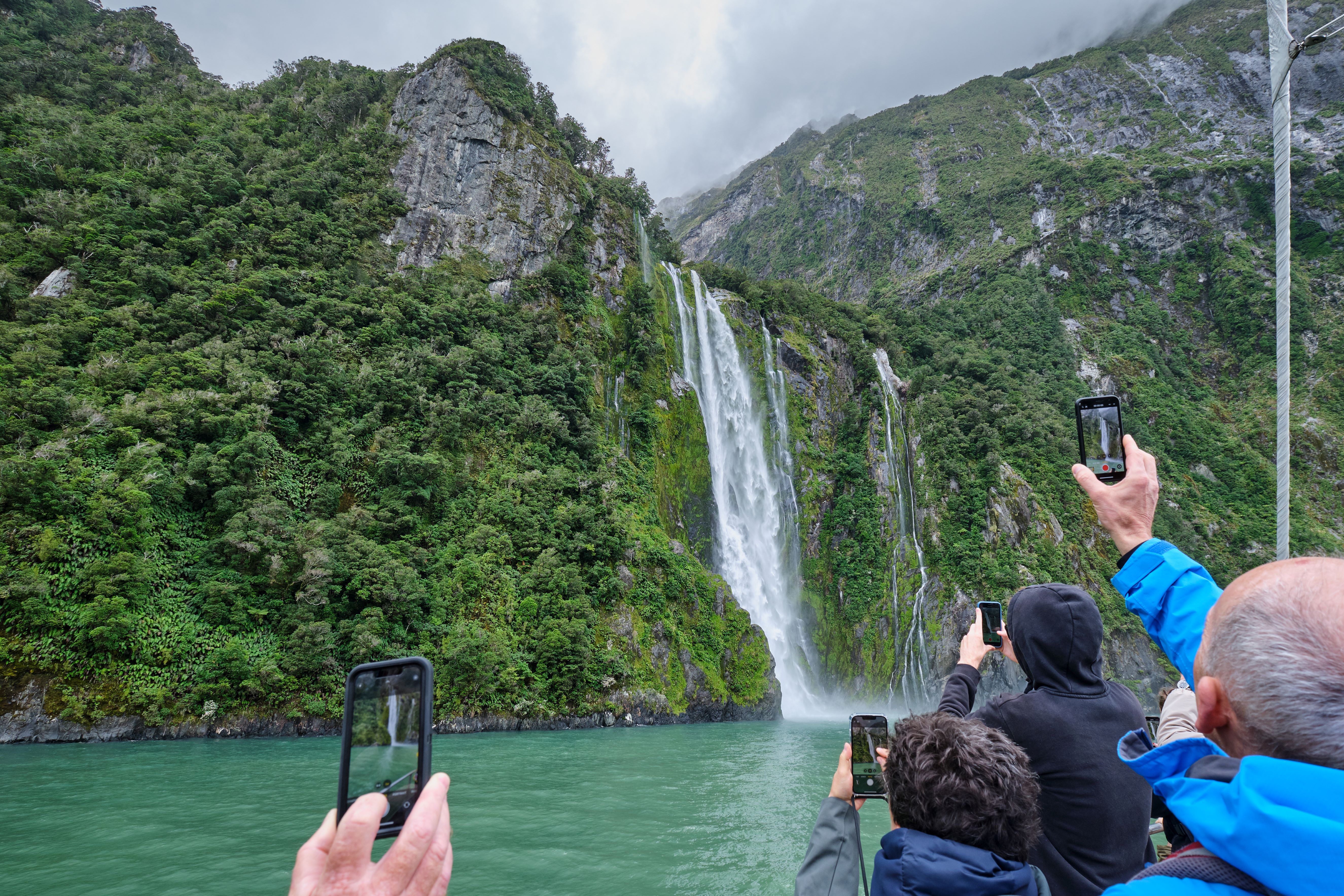
Strategic visitor management in practice
Through our work advising on visitor management for high-pressure destinations, we've identified several success factors.
First, access-management systems that add value rather than simply restricting numbers can generate revenue for conservation work while also improving visitors’ experiences. Putting these into operation requires careful coordination between conservation agencies, councils, and the tourism industry, with clear frameworks. It also takes support from the community.
Second, by diversifying visitor experiences and developing new tourism products, our tourism sector can help distribute visitor pressures across time and space, and also create new opportunities for authentic cultural engagement and extended visitor stays. As well as new infrastructure, this requires the tourism industry to coordinate across regions to create compelling multi-destination experiences – like they are doing in Ireland.
Third, genuine partnership with Māori will ensure that the benefits of tourism flow to tāngata whenua while also protecting cultural values. Māori operators are increasingly well-positioned to deliver the authentic, immersive cultural experiences that visitors have said they want, but they need supportive institutional frameworks as well as collaboration from the wider tourism industry.

Conservation funding and tourism revenue
One of the most important policy challenges my firm has worked on with central government is how tourism revenue can better support conservation efforts. The World Economic Forum research identifies the growing pressure on nature as a key concern: tourist waste generation is currently averaging 1.6 kg per person daily, double the global per-person average, and it’s estimated that the tourism sector could account for 15% of total greenhouse gas emissions by 2034.
New Zealand's conservation system needs sustainable funding to maintain the natural assets that attract international visitors. But traditional government funding models struggle to capture the value that overseas visitors place on access to pristine natural environments.
Central government is exploring visitor charging mechanisms and changes to concession systems, while local government is calling for other forms of tourism taxes to create sustainable funding streams for conservation and infrastructure while managing visitor impacts.
The existing International Visitor Conservation and Tourism Levy provides a foundation for this approach. The levy appears to have made a promising start in unlocking alternative funding sources – it is generating good revenue without any material signs of dampening visitor numbers.
There's scope to expand the mechanisms used. The challenge is designing systems that are fair, efficient, and politically sustainable while generating meaningful revenue for these activities.
The tension points we must address
The WEF research identifies critical tension points that New Zealand must handle carefully. One is friction between tourists and residents.
In Europe, Venice, for example, has been grappling with the effects of overtourism in recent years, including steady depopulation of the city. Last year Venice introduced a €5 daily access fee and banned loudspeakers and large tour groups. Last month, protesting residents in Barcelona and Mallorca took to using water pistols against tourists. Here in Aotearoa, we’ve seen the passion with which Queenstown and Wānaka residents have resisted the effects of high visitor numbers, including overcrowding, skyrocketing rents, and environmental impacts.
Friction between visitors and residents is projected to increase globally, with visitor-to-resident ratios rising by at least 50% in many destinations. This highlights the need for policy frameworks that promote harmonious coexistence and create benefits for local communities.
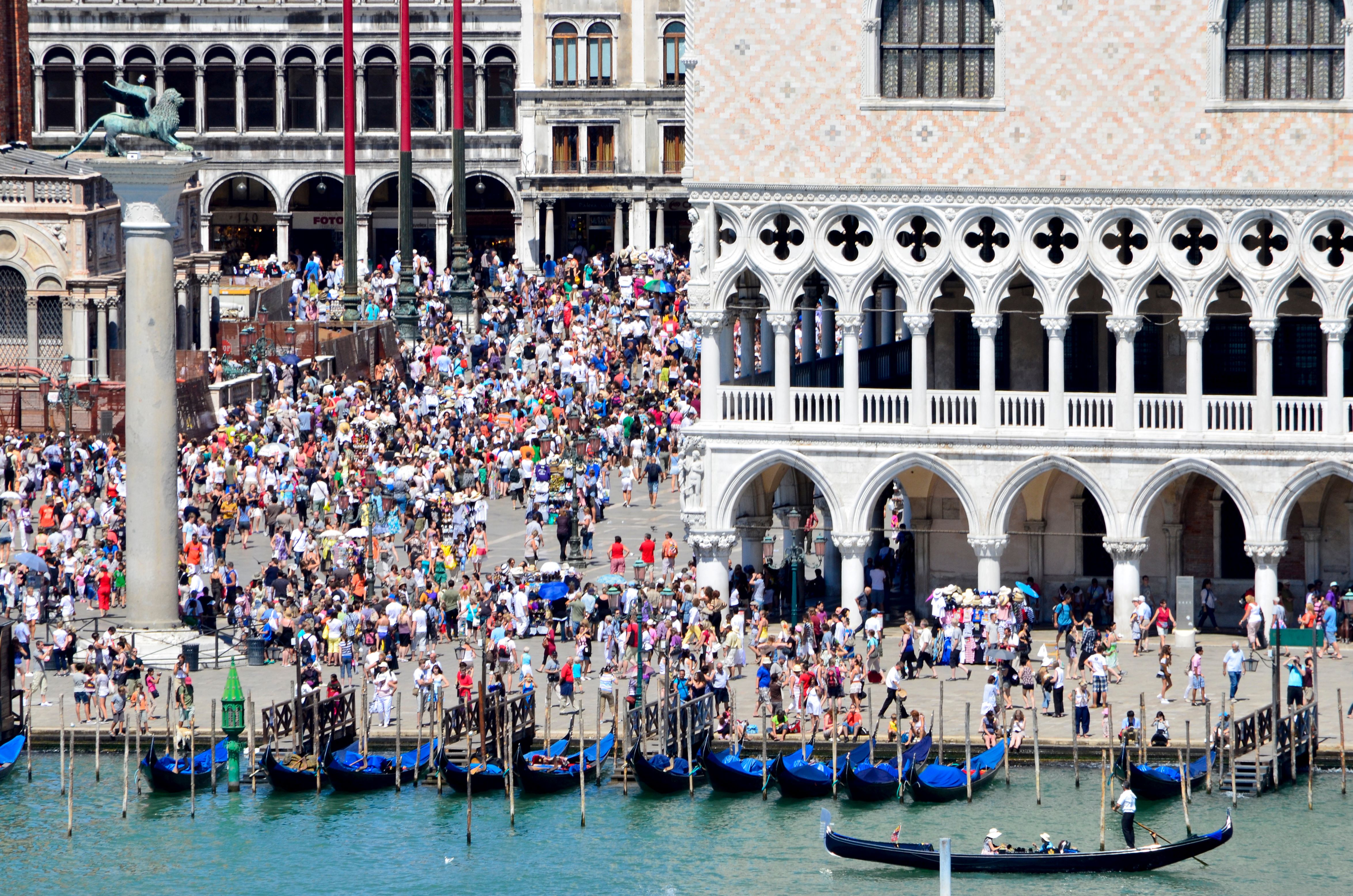
There are also broader geopolitical tensions at play. As the pandemic taught us, travel and tourism are hugely sensitive to disruptive forces that can rapidly change market dynamics, consumer behaviour, and operational realities. We’ve seen travel routes disrupted by conflict in the Middle East, for example, and we’ve seen how new trade conflicts between the US and Canada have affected visitor numbers across their border. Building resilience against these disruptions becomes critical for stability and long-term viability.
Developing our tourism workforce
The tourism sector also faces a significant labour and skills crisis internationally, with more than 100 million additional jobs needing to be filled globally by 2034.
That this is an acute problem here in in Aotearoa was confirmed for us by work we did recently to support Hospitality New Zealand. Their 2024 report on the hospitality sector, “Serving success”, identified gaps in critical areas such as skills and training, where they noted: “A lack of clear career pathways into hospitality, with few relevant courses and limited accessible funding for skills certification courses”.
Anthony Brien of Lincoln University pointed recently to a major decline in enrolments in tourism and hospitality education, including a 63% drop off in enrolments in tourism-related courses between 2015 and 2024 and a 73% drop in enrolments in hospitality courses over the same period. Brien comments that “right now, the pipeline of skilled, engaged people willing to work, grow and lead in tourism and hospitality isn’t flowing.”
New Zealand's skills training programmes, labour-market settings, and immigration policy all shape our ability to develop a skilled tourism workforce that can provide the high-quality experiences international visitors expect.
The way forward: How Aotearoa can demonstrate global leadership in sustainable tourism
The World Economic Forum report "Travel and tourism at a turning point" identifies a set of key principles for a thriving and sustainable “T&T” (travel and tourism) sector globally – for example, adapting and innovating to address changing visitor demographics and preferences, embracing tourism’s growth segments strategically, encouraging mutual benefit and understanding between residents and visitors, committing to regenerative practices, and bridging workforce gaps.
The report also identified five enablers for implementing those sustainable-tourism principles: infrastructure; finance; technology and innovation; people and skills; and regulation and public-private collaboration (see the table below).
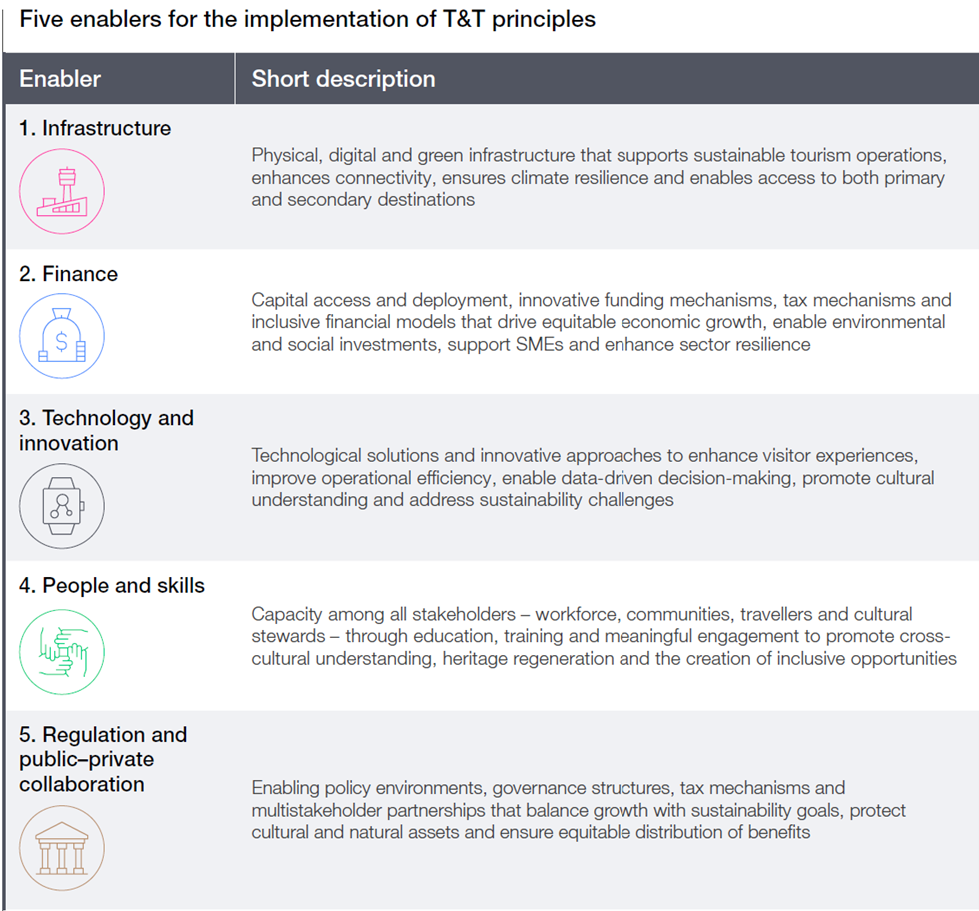
New Zealand's tourism recovery gives us an opportunity to demonstrate global leadership in sustainable tourism through ensuring those critical enablers are in place. We have world-class natural assets protected by effective conservation systems, strong institutional capability across government and industry, active indigenous partners, and a growing understanding of how to balance visitor access with environmental protection and community wellbeing.
But our tourism recovery isn't just about getting the numbers back up – we need to make sure we're on the right track strategically. The international research is clear: the destinations that take a long-term, collaborative approach to the tasks of balancing visitor access, environmental protection, and community benefit will thrive in the coming decade. Those that don’t risk being either loved to death or left behind as travellers’ expectations evolve.
By drawing on global best practice while leveraging our unique natural advantages and the expertise of government, the tourism industry, and operators working together, we can ensure that our tourism industry contributes to New Zealand's wellbeing for generations to come.







